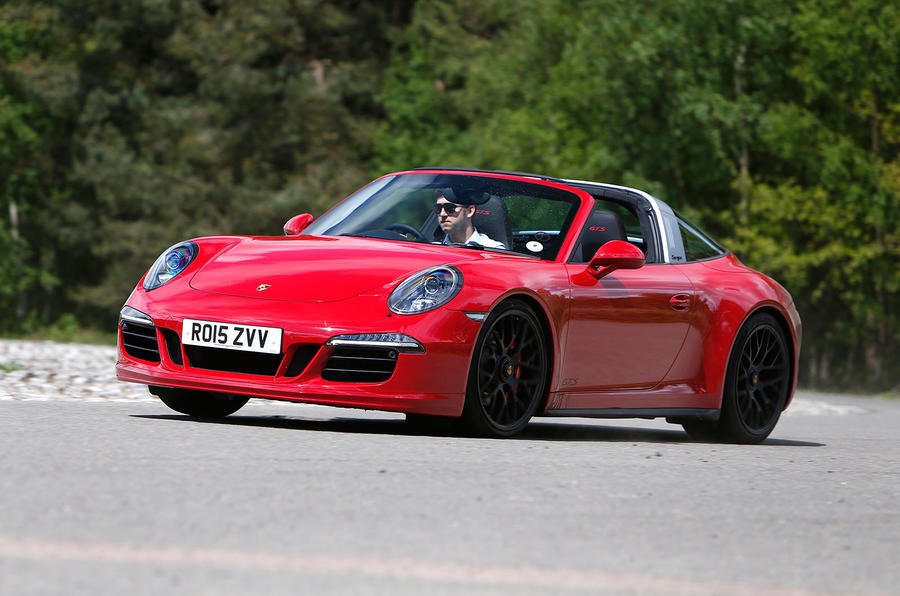What is it?
The Porsche 911 Targa 4 GTS is the new full-house version of the now-fifty-year-old 911 Targa. It’s trying to be the sports car that can do it all, packing the dynamism of a sporting great with the good manners of cruiser.
The sure-footedness of four-wheel drive combined with the security, style and refinement of coupe – and the option of convertible-type open-air motoring on-demand. Better usability than any other 911: which is, in any form, a two-plus-two rightly revered for its usability. It is, in theory, the best sports car that Zuffenhausen makes. But how far will theoretical brilliance take it?
The current-gen Targa, introduced only last year, returned to the roots of a concept originally designed in the 1960s – when US safety legislators looked likely to ban simpler cloth-top convertibles in response to increasing numbers of rollover-related fatalities. They never did, as it turned out – and so the Porsche 911 Cabriolet survives, making the Targa work all the harder to justify its existence.
And it currently does that with an ever-so-slightly softened chassis than the normal 911, standard four-wheel drive; and a body design that includes a fixed rollover hoop, a retractable cloth roof, and a glass rear screen that looks a bit prettier than a furled-up hood, and frees up some storage space underneath.
Also last year, Porsche set the template for the way it’ll apply the ‘GTS’ badge in the future: as an upper trim level, rather than to distinguish lower order ‘GT’-series models or special driver-focussed editions. A Carrera 4 GTS, for example, is no different from a generously and judiciously equipped Carrera 4 S, sold at a more appealing price.
The Targa 4 GTS follows the same theme. Getting as standard the Powerkit engine upgrade and Sport Chrono pack, as well as leather/alcantara interior, Sport Design exterior body upgrades, 20in ‘centrelock’ alloy wheels and various other bits of kit, it is ostensibly a £112,000, optioned-up Targa 4 S on offer for an £8000 discount.
It gets some tasty-looking GTS badges thrown in as well, of course. And our test car had an optional PDK twin-clutch gearbox.
















































Join the debate
Add your comment
200 kg heavier?
Nostalgia
Quote: A Corvette Stingray
Why?
The Corvette might not be regarded as being sophisticated as the 911, but it is a very capable sports car in it's own right.
Overdrive wrote: Quote: A
Yeah,so capable that they won't make it a global Car,a Car for Europe,a Car for the UK especially,if it's that good,why not?
Peter Cavellini wrote:
Not sure you mean by not global. The Corvette is on sale in many countries and has been for decades. In any case, a car being offered in only a few select markets (which is not the case with the Corvette anyway) shouldn't necessarily mean it's good or not. Should it?